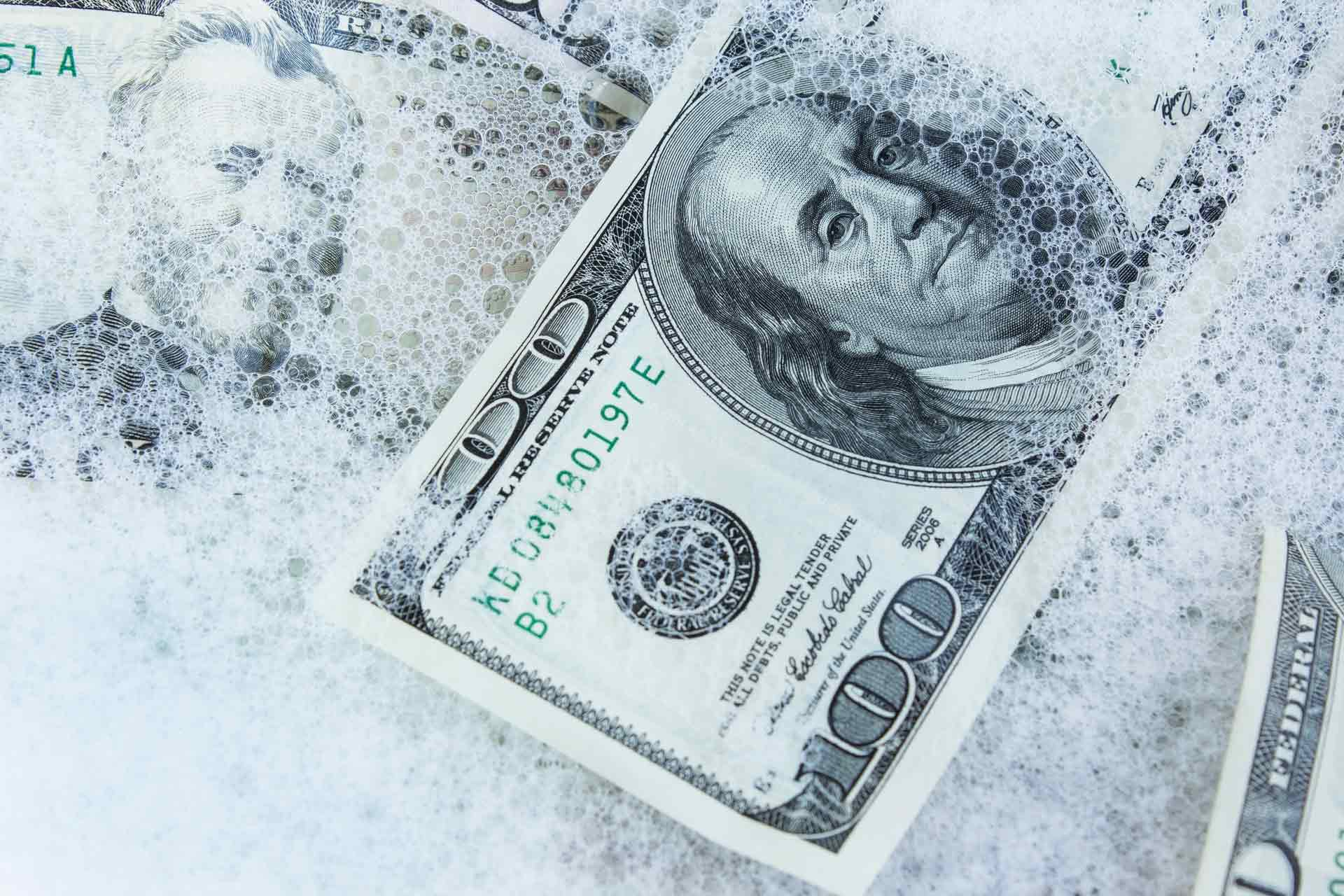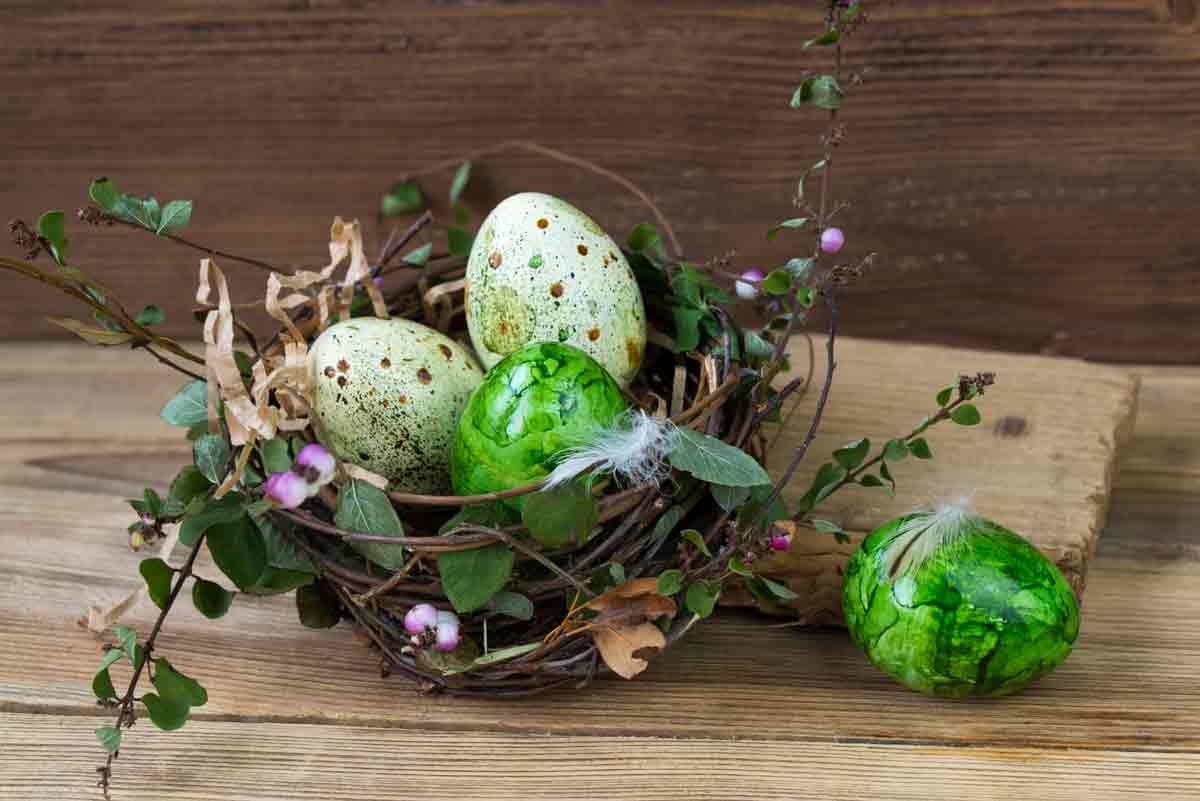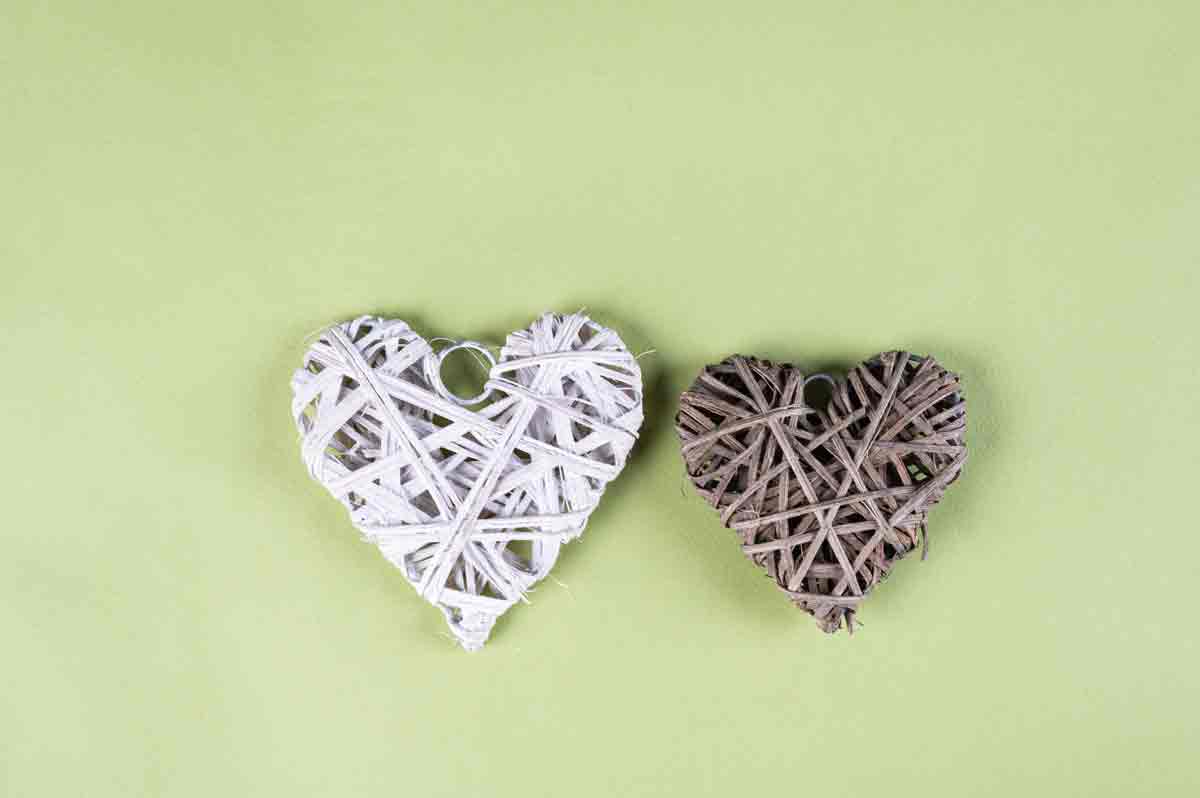- ECO-Friendly
- 25+ Years of Experience
Our experts are ready to help | Call today 303.443.3366

Blog
We provide high quality, green janitorial services for offices and businesses in Boulder, Broomfield and Jefferson counties. In addition to full service janitorial programs, we also provide interior and exterior commercial and residential window cleaning, commercial and residential carpet cleaning, and construction cleaning services.
- ✓ Local, Licensed, Bonded & Insured
- ✓ 24/7 Cleaning Service
- ✓ 100% Satisfaction Guaranteed
- ✓ Free Estimates & Consultations
Industries We Serve
Office and Commercial Spaces
Green & Renewable Energy Companies
Non-Profit Organizations
Banks & Financial Service Companies
Fitness & Recreation Centers
Biotech Facilities
Manufacturing & Industrial Facilities
Government Buildings & Facilities
Tech Companies & Start-Ups
Multi-Unit Residential Properties
Health & Wellness Facilities
Schools & Educational Facilities
Our Customers Say It Best
Clients We Serve








Have Questions? Let Us Help!
Ask us a question or if you have specific needs you would like to discuss, we’re ready and available with answers.



















